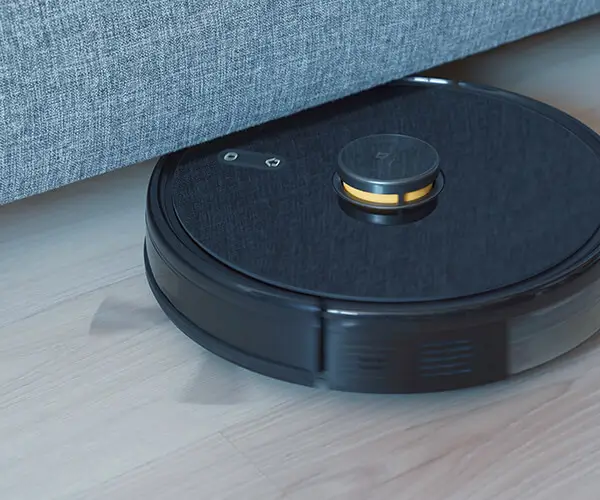When it comes to connecting two microservices in Java, it’s easy to feel overwhelmed by the sheer number of choices. The world of microservices is a bit like a vast ocean – there are so many paths to choose from, but once you find the right one, things become much clearer. Whether you're building something from scratch or integrating existing services, knowing the right tools and methods can make the process smooth and efficient.

So, how do you go about it? One simple way is by using REST APIs to connect microservices. REST has become the standard because of its flexibility and simplicity. Think of it like sending a letter between two friends. Each microservice sends data using HTTP requests, and the other microservice responds. This is how communication between microservices happens: one sends a request, and the other sends back the necessary data.
But what happens if REST doesn’t quite cut it? That’s where messaging systems like Kafka or RabbitMQ come in. These are perfect when you need asynchronous communication between services. Imagine you're organizing a big event and need to pass messages to multiple people at once. You don’t need immediate feedback, just a message delivered to the right place at the right time. That's essentially what these messaging systems do—they hold and deliver messages, allowing microservices to perform their tasks without waiting for an immediate response.
Now, what if you're dealing with larger-scale applications? You might want to consider using a service mesh, like Istio. Service meshes add a layer of abstraction that simplifies the complexities of service-to-service communication. Instead of managing individual microservice calls manually, a service mesh takes care of routing traffic, managing retries, and securing communication between services. It’s like having an experienced guide navigating you through the microservice jungle.
Security, though, is a major concern. It's not enough for your microservices to simply talk to each other—you need to make sure they do so safely. One common approach is implementing OAuth 2.0 for secure communication. Just like a secure password protects your personal data, OAuth ensures that only authorized services can interact with each other. If your services are talking to each other without any security measures, it's like sending a confidential message through an open channel—it’s risky and can expose sensitive information.
What about scalability? As your application grows, communication needs to be able to scale as well. The key to scalability is making sure that your microservices are decoupled. This way, you can scale them independently based on load, and communication won’t become a bottleneck. This is where lightweight protocols like gRPC can shine. It’s faster than traditional REST APIs and optimized for high-performance communication, making it a great choice for services that need to handle large amounts of data in real-time.
In the world of microservices, the challenge isn’t just about making them talk to each other—it’s about making sure they do it efficiently, securely, and in a way that supports the growth of your application. The beauty of Java is that it provides the right tools to tackle these challenges head-on, whether you're using REST APIs, messaging systems, or advanced techniques like service meshes.
Ultimately, the success of your microservices architecture hinges on how well the components interact with each other. When you take the time to implement the right communication strategies, you're setting up your system for success from day one. It’s not just about getting the job done; it’s about doing it in a way that’s sustainable and scalable for the long haul. That’s how you build a solid foundation for a growing business.
Established in 2005, Kpower has been dedicated to a professional compact motion unit manufacturer, headquartered in Dongguan, Guangdong Province, China. Leveraging innovations in modular drive technology, Kpower integrates high-performance motors, precision reducers, and multi-protocol control systems to provide efficient and customized smart drive system solutions. Kpower has delivered professional drive system solutions to over 500 enterprise clients globally with products covering various fields such as Smart Home Systems, Automatic Electronics, Robotics, Precision Agriculture, Drones, and Industrial Automation.




































